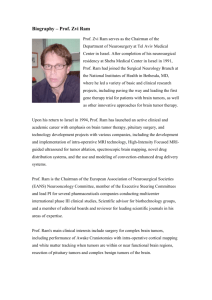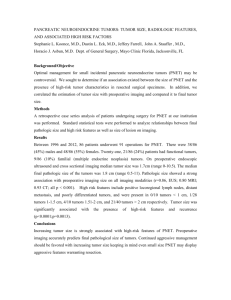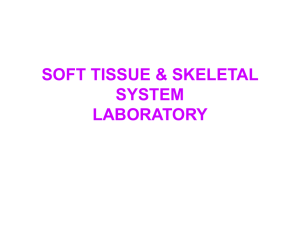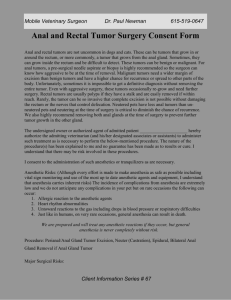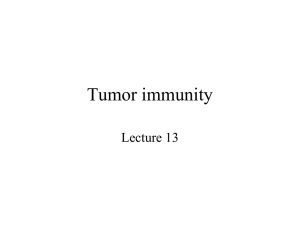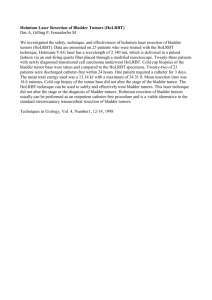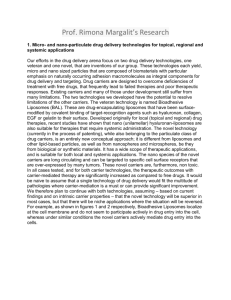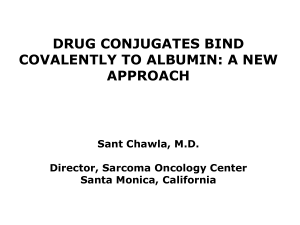Co-administration of a Tumor-Penetrating Peptide Enhances the
advertisement
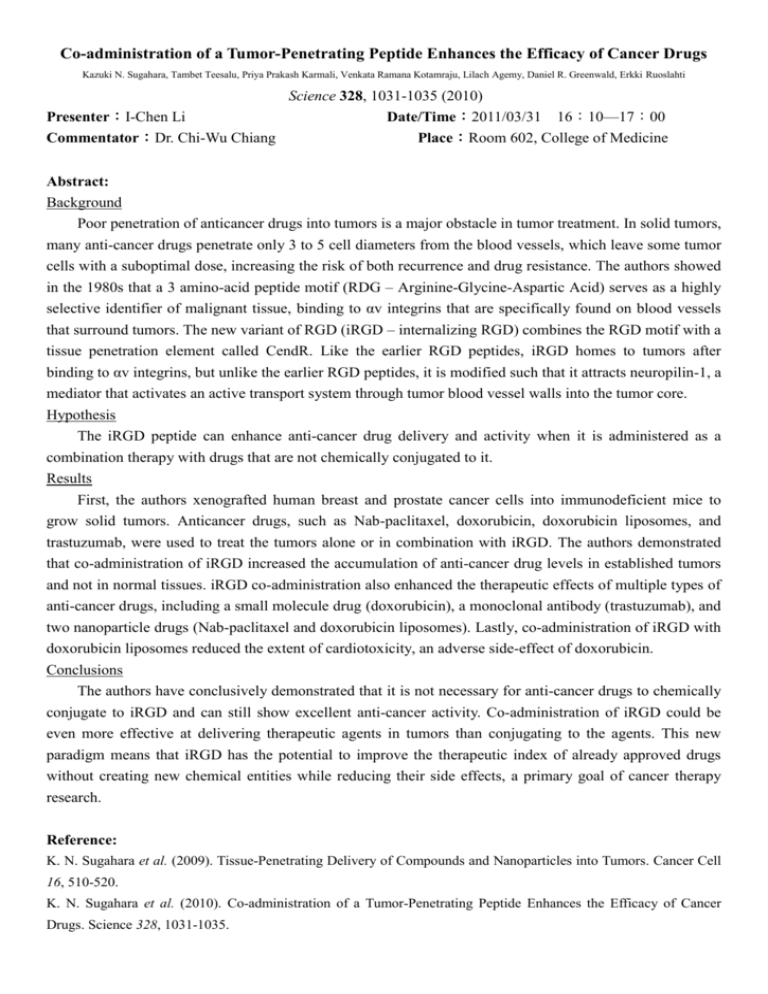
Co-administration of a Tumor-Penetrating Peptide Enhances the Efficacy of Cancer Drugs Kazuki N. Sugahara, Tambet Teesalu, Priya Prakash Karmali, Venkata Ramana Kotamraju, Lilach Agemy, Daniel R. Greenwald, Erkki Ruoslahti Science 328, 1031-1035 (2010) Presenter:I-Chen Li Date/Time:2011/03/31 16:10—17:00 Commentator:Dr. Chi-Wu Chiang Place:Room 602, College of Medicine Abstract: Background Poor penetration of anticancer drugs into tumors is a major obstacle in tumor treatment. In solid tumors, many anti-cancer drugs penetrate only 3 to 5 cell diameters from the blood vessels, which leave some tumor cells with a suboptimal dose, increasing the risk of both recurrence and drug resistance. The authors showed in the 1980s that a 3 amino-acid peptide motif (RDG – Arginine-Glycine-Aspartic Acid) serves as a highly selective identifier of malignant tissue, binding to αv integrins that are specifically found on blood vessels that surround tumors. The new variant of RGD (iRGD – internalizing RGD) combines the RGD motif with a tissue penetration element called CendR. Like the earlier RGD peptides, iRGD homes to tumors after binding to αv integrins, but unlike the earlier RGD peptides, it is modified such that it attracts neuropilin-1, a mediator that activates an active transport system through tumor blood vessel walls into the tumor core. Hypothesis The iRGD peptide can enhance anti-cancer drug delivery and activity when it is administered as a combination therapy with drugs that are not chemically conjugated to it. Results First, the authors xenografted human breast and prostate cancer cells into immunodeficient mice to grow solid tumors. Anticancer drugs, such as Nab-paclitaxel, doxorubicin, doxorubicin liposomes, and trastuzumab, were used to treat the tumors alone or in combination with iRGD. The authors demonstrated that co-administration of iRGD increased the accumulation of anti-cancer drug levels in established tumors and not in normal tissues. iRGD co-administration also enhanced the therapeutic effects of multiple types of anti-cancer drugs, including a small molecule drug (doxorubicin), a monoclonal antibody (trastuzumab), and two nanoparticle drugs (Nab-paclitaxel and doxorubicin liposomes). Lastly, co-administration of iRGD with doxorubicin liposomes reduced the extent of cardiotoxicity, an adverse side-effect of doxorubicin. Conclusions The authors have conclusively demonstrated that it is not necessary for anti-cancer drugs to chemically conjugate to iRGD and can still show excellent anti-cancer activity. Co-administration of iRGD could be even more effective at delivering therapeutic agents in tumors than conjugating to the agents. This new paradigm means that iRGD has the potential to improve the therapeutic index of already approved drugs without creating new chemical entities while reducing their side effects, a primary goal of cancer therapy research. Reference: K. N. Sugahara et al. (2009). Tissue-Penetrating Delivery of Compounds and Nanoparticles into Tumors. Cancer Cell 16, 510-520. K. N. Sugahara et al. (2010). Co-administration of a Tumor-Penetrating Peptide Enhances the Efficacy of Cancer Drugs. Science 328, 1031-1035.


